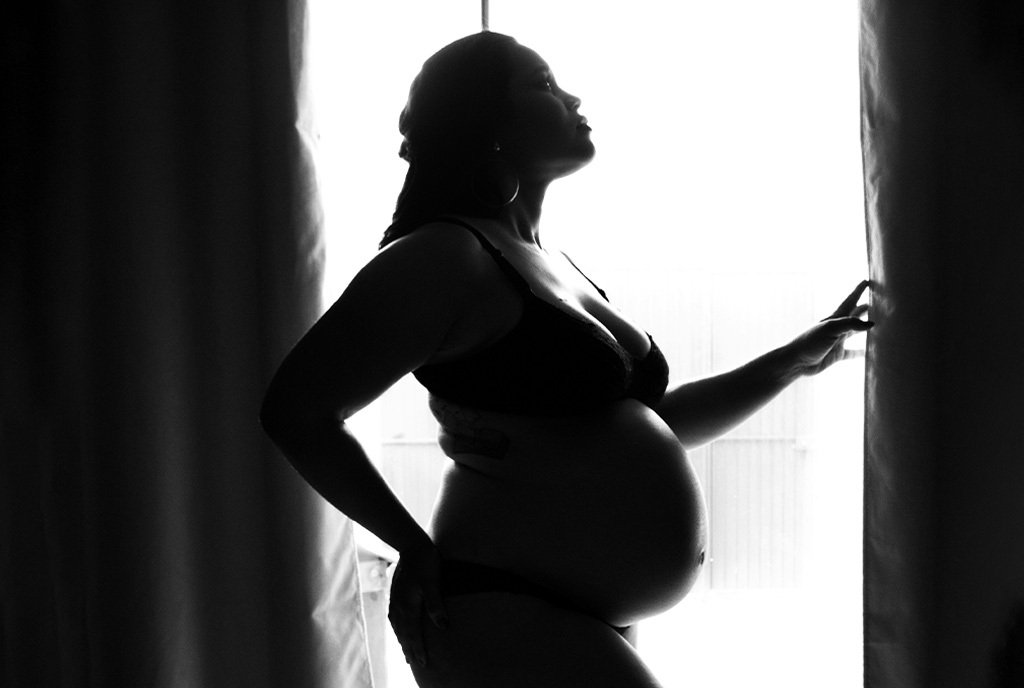August 27, 2015; Crain’s New York
The massive disruption of the healthcare industry and the enactment of the Affordable Care Act have forced hospitals and physicians to create new ways of doing business and to redirect patient care from the acute care setting to primary care “medical homes” that focus on prevention and coordinate patient care. Today, $7.4 billion in New York State Medicaid reform initiatives suggest a new and much broader iteration of coordinated care, one that brings government and nonprofits together to address basic needs like food and housing that influence the health status of residents, particularly in low-income neighborhoods.
The stakes are high. New York expects to see a 25 percent reduction in emergency visits within five years, largely through preventative measures. Up until now, nonprofits were, for the most part, going it alone without funding from Medicaid. This may seem counterintuitive, given the fact that their programs contribute to the overall health of the population. Dr. Neil Calman, president and CEO of the Institute for Family Health said, “We have an enormous social work department, but all of their work is completely unreimbursed.” With Medicaid funding, organizations like the Institute can now extend their reach in holistically addressing the needs of patients, helping them to manage their housing, finances, and food buying so that they can live healthier lives and stay out of the hospital.
The new partnerships should have a significant impact in tackling chronic diseases. Shoshanah Brown, executive director of a.i.r. NYC, an organization that helps asthmatic children in poor neighborhoods, says “community-based organizations like ours that are close to the ground and are very much in the community” can keep patients healthier. While the nonprofit has been in hospitals and schools since its launch in 2011, it has operated with grants and private funding. Recently, it has contracted with two Medicaid managed-care plans that will pay it to work with individual patients.
Sign up for our free newsletters
Subscribe to NPQ's newsletters to have our top stories delivered directly to your inbox.
By signing up, you agree to our privacy policy and terms of use, and to receive messages from NPQ and our partners.
Partnerships are also addressing diabetes, now epidemic in New York with an estimated 12.3 percent of the population having the disease and 36.2 percent with pre-diabetes. In most cases, adult-onset diabetes is preventable. Montefiore Medical Center has launched a program with the YMCA to prevent pre-diabetic patients from full-blown diabetes with a 16-week class teaching patients how to cook, where to shop for fresh food, and ways to exercise. Patients on an average lost 6.6 pounds, or three percent of their body weight. Dr. Amanda Parsons, Montefiore’s vice president of population health, said, “A lot of doctors are saying, ‘We can’t get patients to lose weight.’ So we say, ‘We get that.’” She added, “Just send your patients to us.”
The impact of nonprofit and healthcare provider collaborations could be significant, particularly in the treatment of some of the most vulnerable patients: those with mental illness or substance abuse issues. Len McNally, retired director of health initiatives at the New York Community Trust, said, “They might go to the emergency room 50 times a year.” As a result of reform, healthcare providers can work with a housing group so that they can have a safe place to live and stay out of the hospital.
The potential of these programs to make a lasting impact on communities is enormous. The nonprofit group God’s Love We Deliver subcontracts with several Medicaid managed-care plans to deliver meals to people who have recently been discharged from the hospital and those who can’t cook for themselves. Karen Pearl, chief executive of the organization, said, “Every day that we can help avoid one day in the hospital for somebody, that one-day saving can pay for half a year of medically tailored meal delivery.”
The bottom line for healthcare spending? When New York nonprofits collaborate with healthcare providers, everyone wins.—G. Meredith Betz













